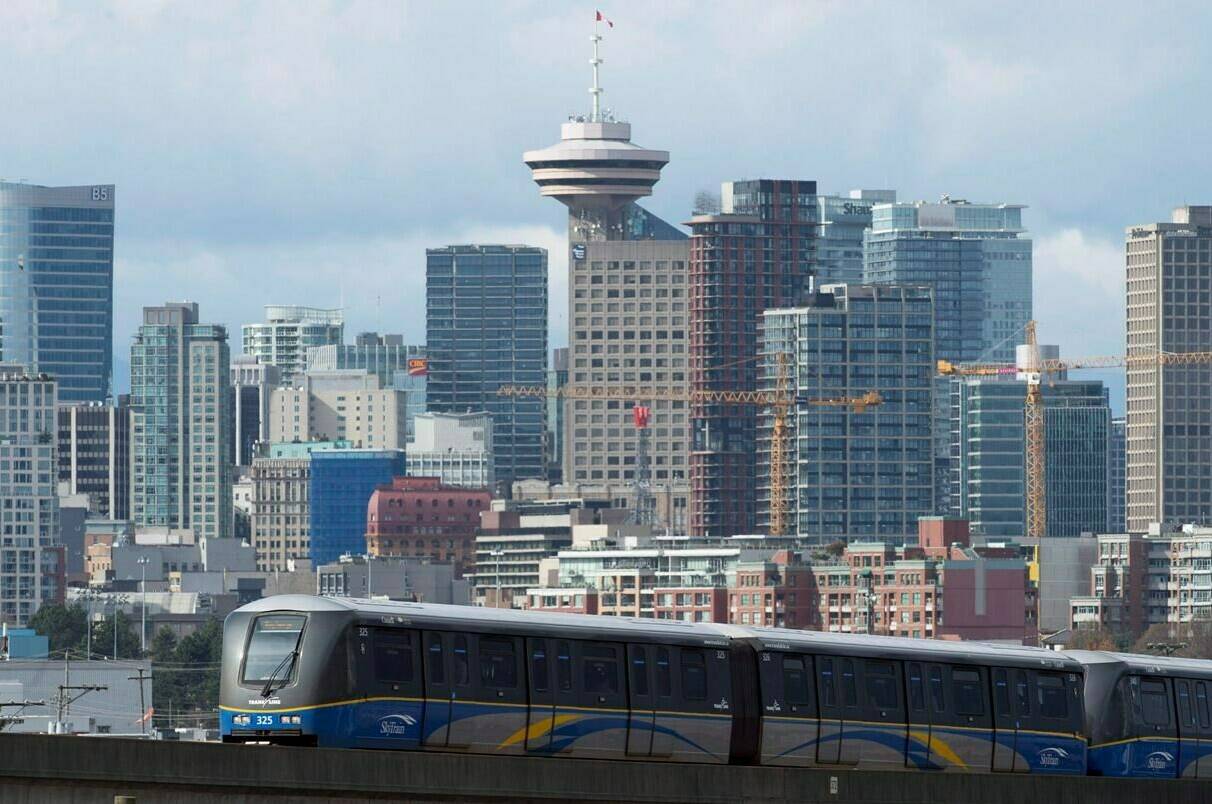B.C.’s population could reach almost eight million people by 2046, an increase of 44 per cent compared to its population of 5.5 million in 2023. But as the provincial population grows, it will also age and become more diverse.
These projections are emerging from a new report titled Sustaining Growth: Population and Demography for B.C. and Canada.
The report prepared by BC Stats draws on public figures to offer a high-level summary of demographic data to support program, policy and service development across government.
B.C.’s projected population of 7.9 million by 2046 assumes that Canada “strictly maintains its annual immigration targets” as international migrants account for almost 100 per cent of provincial population growth. B.C.’s low fertility rate of 1.11 children per birth parent is the lowest in Canada. Not only is B.C.’s rate below the national rate of 1.33 children per birth parent, but also below the replacement level of 2.1.
“Since 2021, the number of deaths in B.C. has exceeded the number of births,” it reads. “(Natural) population change has been negative for the first time in the province’s history.”
In other words, B.C.’s population would be shrinking, were it not for newcomers from outside.
Between 2016 and 2022, B.C. welcomed almost 350,000 new immigrants, with more than 150,000 alone in 2022. Data for the period 2016 to 2021 suggests that most residents preferred B.C.’s urban core with 78 per cent settling in Metro Vancouver.
This preference among immigrants for Metro Vancouver will likely continue, according to the report.
“While the population is anticipated to increase across all the development regions of B.C., growth is anticipated to be concentrated in the Mainland/Southwest region which is anticipated to reach a population of 4.9 million in 2046,” it reads.
RELATED: Influx of workers expected to fill job shortfalls in most areas of B.C.
Countries located in eastern Asia have historically sourced the largest share of immigrants, accounting for 22.8 per cent of B.C.’s total immigrant population. But immigrants from South Asia are catching up. Put together, both regions accounted for 45 per cent of all immigrants to B.C. between 2016 and 2021.
B.C.’s low fertility rate and reliance on immigration has broad implications. It means that B.C.’s society is aging. In 2022, people aged 65 and older make up almost 20 per cent of B.C.’s population, having surpassed the one-million mark in 2021.
Current trendlines also point in only one direction: up.
“Life expectancy (in Canada) is projected to increase over the coming decades to as high as 85.8 years for men and 89.6 years for women in 2041,” it reads.
Growing demands on health care and fewer people of working age mean potential labour shortages. Policy-makers starting at the federal level have been countering these developments by encouraging more economic immigration from abroad, but immigration will only ease, not reverse aging.
“As international migrants tend to be of working age, the recent high rate of immigration has slowed the rate at which Canada is aging, but it is not sufficient to reverse the trend,” it reads. “Statistics Canada projects that between 21.3% and 22.9 per cent of the population will be people aged 65 and over by 2034. Beyond 2034, the direction of change in the overall age will depend on several key factors, including fertility rates and the intake of young migrants.”
Aging, in turn, impacts what experts call the dependency ratio, the proportion of people aged 15-64 to the number of children and people of retirement age. The smaller the ratio, the better, because it means more people of working age.
At the same time, population growth creates a demand for more housing and other services, including education in its various forms.
@wolfgangdepner
wolfgang.depner@blackpress.ca
Like us on Facebook and follow us on Twitter.

